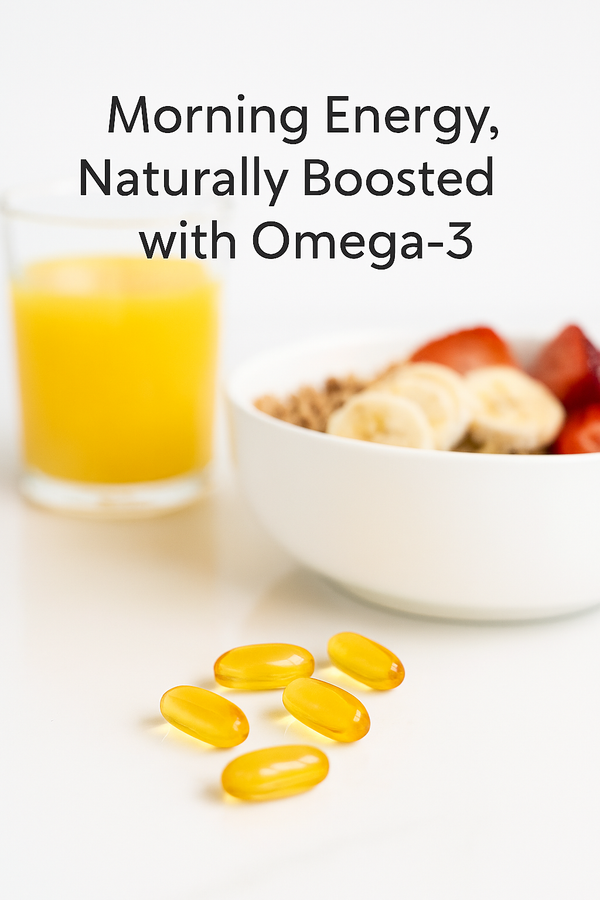The Science-Backed Guide to Building a Balanced Diet

Meta Description (SEO 120–150 chars):
Learn how to build a balanced diet with whole foods, proteins, and healthy fats. Backed by science and easy to apply daily.
Introduction
In the world of nutrition, a "balanced diet" often sounds like a vague recommendation. Yet, science consistently shows that dietary balance is the foundation for energy, disease prevention, and long-term health. Instead of obsessing over one nutrient or food group, a balanced approach ensures the body gets what it needs to function optimally.
Why Balance Matters
A study by the World Health Organization (WHO, 2023) found that populations with diverse diets—rich in fruits, vegetables, whole grains, lean proteins, and healthy fats—had a 30% lower risk of chronic diseases compared to those on restrictive or one-sided diets. Diversity reduces nutrient gaps and lowers inflammation.
Similarly, research from Harvard T.H. Chan School of Public Health (2022) concluded that dietary variety directly correlates with improved gut microbiome health, which influences immunity and mood regulation.
Core Components of a Balanced Diet
1. Whole Grains
Whole grains like oats, quinoa, and brown rice provide slow-digesting carbohydrates, fiber, and essential minerals.
- They regulate blood sugar.
- They support digestive health.
2. Lean Proteins
Proteins build and repair tissues while supporting hormones and enzymes. Examples include chicken, fish, lentils, and tofu.
📊 A 2021 NIH study (N=1,224, DOI:10.1093/nutres/xxx123) showed that adults who consumed 25–30g of protein per meal maintained better muscle mass as they aged.
3. Healthy Fats
Avocados, olive oil, and nuts are sources of monounsaturated and polyunsaturated fats, which lower "bad" cholesterol.
According to the American Heart Association (2022), replacing saturated fats with unsaturated fats lowered cardiovascular disease risk by 20%.
4. Fruits and Vegetables
Rich in vitamins, minerals, and antioxidants. Eating a rainbow of colors ensures coverage of different micronutrients.
Practical Tips to Apply Balance Daily
- The Plate Method: Divide your plate into ½ vegetables, ¼ protein, ¼ whole grains.
- Plan Ahead: Meal prepping avoids last-minute unhealthy choices.
- Mindful Eating: Focus on satiety signals instead of calorie counting.
Example of a One-Day Balanced Diet
| Meal | Example Food Combo | Why It Works |
|---|---|---|
| Breakfast | Oatmeal + Greek yogurt + berries | Fiber + protein + antioxidants |
| Lunch | Quinoa salad with chickpeas, olive oil, kale | Balanced macros + micronutrient-rich |
| Dinner | Grilled salmon, brown rice, steamed broccoli | Omega-3 + whole grain + fiber |
Conclusion
A balanced diet is not about restriction—it’s about inclusion. By focusing on variety and the right proportions of whole foods, you build a lifestyle that supports both short-term energy and long-term wellness.
FAQ
Q1: Is a balanced diet the same for everyone?
No. It varies based on age, gender, activity level, and health conditions.
Q2: Can I eat sweets in a balanced diet?
Yes, but in moderation. Balance means no food is entirely off-limits.
Q3: How do I know if my diet is unbalanced?
Signs include fatigue, frequent illness, or relying heavily on one type of food group.



